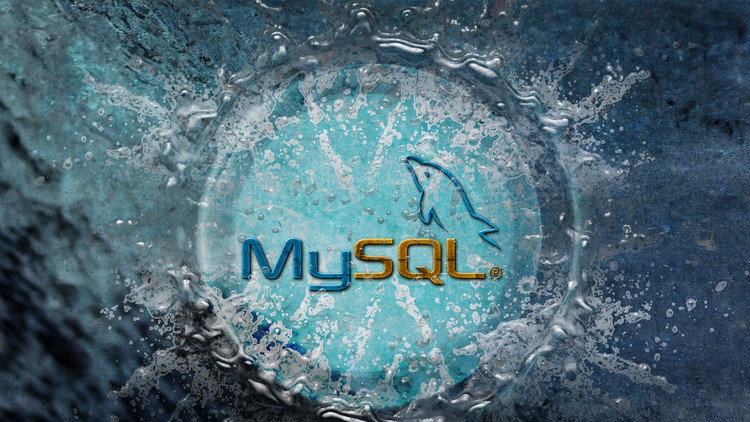
The best course for MySQL in Hindi and in a very easy language that you can learn in just 2 hours
What you will learn
What is MySQL and Why do we need databases?
A basic introduction to MySQL in 2 hours
Concepts of MySQL in a very simple way
You will learn to code in MySQL quickly
Description
MySQL is a popular open-source relational database management system (RDBMS) that is widely used for web applications and other types of software. MySQL is developed by Oracle Corporation and is available under both open-source and commercial licenses.
MySQL supports a wide range of operating systems including Windows, Linux, macOS, and FreeBSD. It is known for its ease of use, scalability, high-performance, and reliability. MySQL uses the Structured Query Language (SQL) to manage and manipulate data.
Some of the key features of MySQL include:
- Fast performance: MySQL is optimized for high-performance and can handle large amounts of data with ease.
- High scalability: MySQL can scale to handle large volumes of data and high-traffic websites.
- Reliability: MySQL is known for its stability and reliability, even under heavy load.
- Security: MySQL provides strong security features such as encryption, access controls, and auditing.
- Flexibility: MySQL can be used for a wide range of applications including web applications, e-commerce, data warehousing, and more.
MySQL is widely used by developers and businesses of all sizes, and its popularity continues to grow as more applications move to the cloud and require scalable, reliable database solutions. SQL (Structured Query Language) is a standard language used to manage and manipulate relational databases. It is used to create, modify, and query databases, as well as to manage and maintain database objects like tables, views, and indexes.
SQL is used in many database management systems, including MySQL, Oracle, Microsoft SQL Server, PostgreSQL, and SQLite. SQL statements can be used to perform a wide range of database operations, such as:
- Creating and modifying database objects such as tables, views, and indexes
- Inserting, updating, and deleting data from tables
- Querying data from one or more tables using various filtering and sorting techniques
- Joining multiple tables together to retrieve data from related tables
- Grouping and aggregating data to perform summary calculations
- Creating and executing stored procedures and functions
SQL is a powerful language that allows users to manipulate and manage large amounts of data efficiently. It is used in many different industries, including finance, healthcare, e-commerce, and more. Learning SQL is essential for anyone who wants to work with databases or pursue a career in data management or analysis.
Content